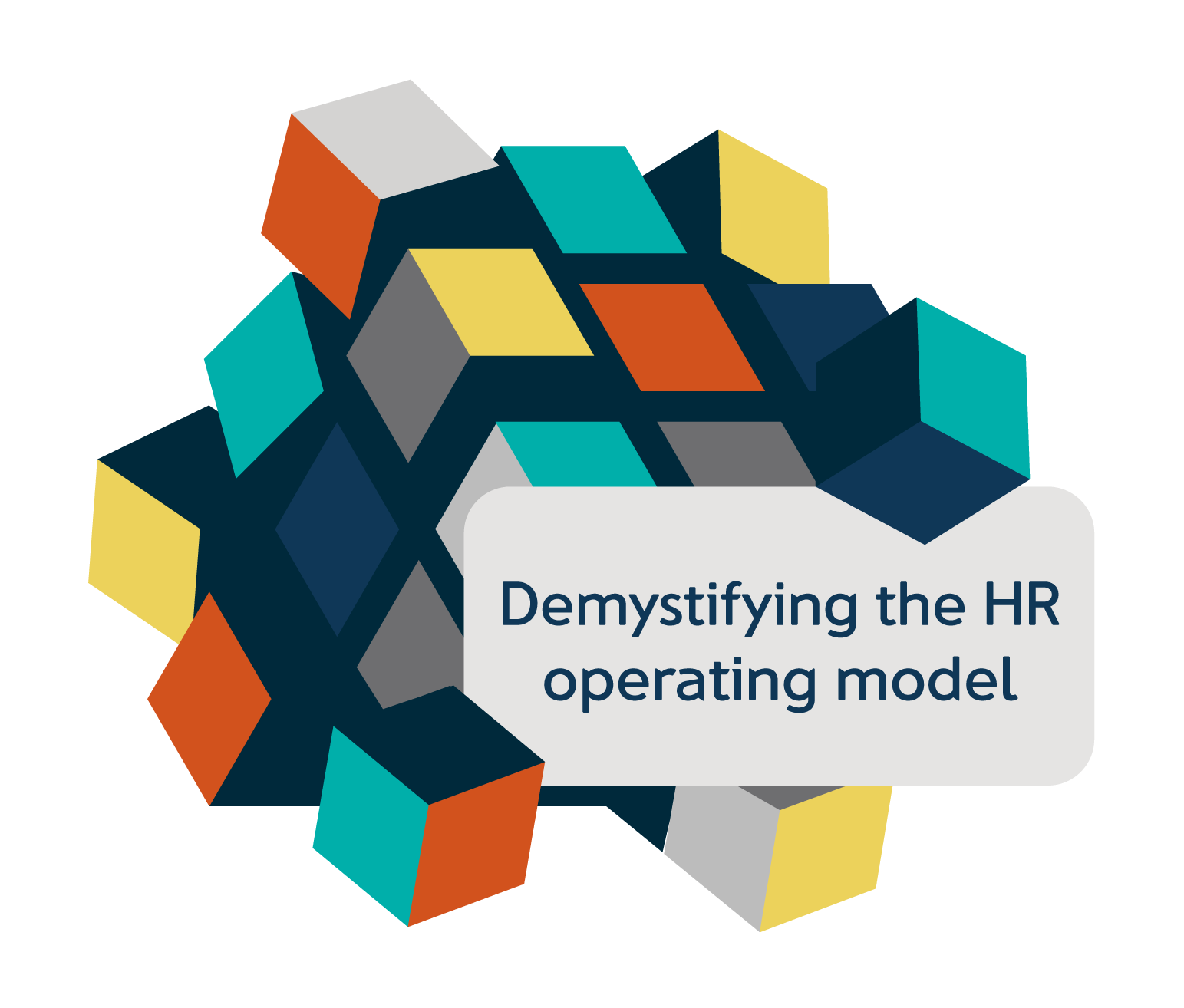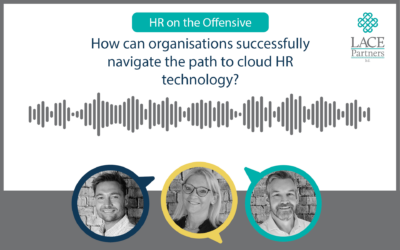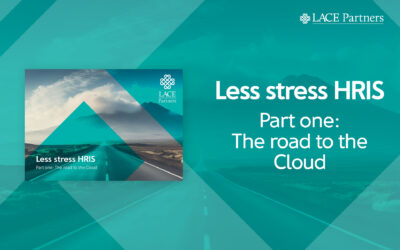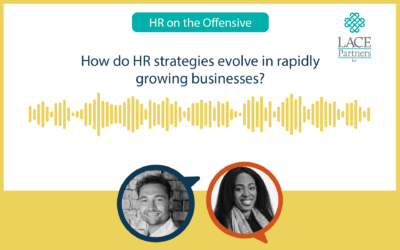Is your business trying to improve productivity?
At LACE we believe you should build your HR operating model around the business outcome you most want to achieve. Even better, we think it can be as simple as picking between four main drivers.
Part of our Demystifying the HR op model series, here we will run you through everything you need to know if you are on a mission to boost productivity.
1
How do you know if your business driver is productivity?
If your business is heavily focused on reducing its cost base and maintaining increased margins, then your operating model should be focused on increased productivity. It is likely that:
Your business operates in a higher volume, lower margin sector
or
You are operating in a market where there is constant pressure to respond to market context so you need to focus on doing things well, once to remain competitive.
Driving increased productivity in your HR function will enable you to reduce cost, decrease the volume of HR activity in the business, and increase HR capacity; allowing your HR team to focus on supporting the business with its strategic initiatives.
2

At LACE HQ, we talk about the CPO’s wearing four different ‘hats’ representing different distinct accountabilities that they must wear simultaneously. Learn more in our blog about the four hats of the CPO.
Wearing multiple hats can be a juggling act, and this analogy helps illustrate the often-competing demands on the CPO. The emphasis on these ‘hats’ will vary depending on the specific driver.
If your business is focused on productivity, then as a CPO or HR leader, the leadership attributes of The Service Expert (hat one) will help you to unlock the potential benefits of a productive and cost-effective operating model.
- Reviewing your HR processes and technology to ensure everyone can easily self-serve and adhere to streamlines HR activities
- Automating as much HR activity as possible with the implementation of technologies such as AI or RPA to free up capacity within your team
- Identifying opportunities to consolidate expertise or outsource service provisions to third parties who already have the expertise you require.
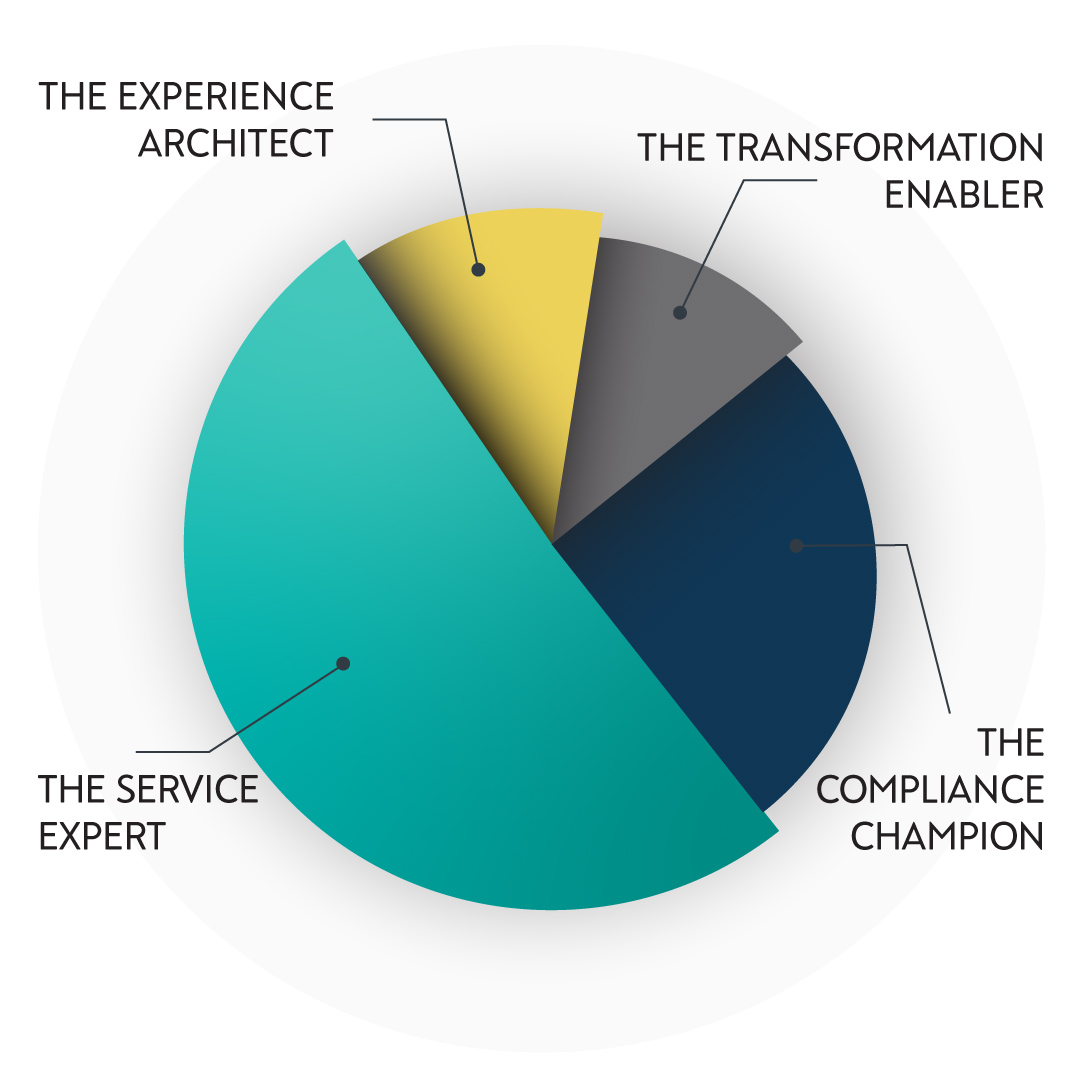
3
Ten traits of a high performing function
Alongside the distinct accountabilities of the CPO flexing depending on the business driver we utilise our ‘ten traits framework’ to frame and shape the HR operating model. Learn more about our ten traits framework in our blog.
The ten traits are the building blocks of a high performing and people function. The specific combination of ‘traits’ will be unique to every organisation, determined by business and organisational context.
For productivity-focused businesses, certain traits are crucial, though others remain important.
1. Business aligned and transformation partner
2. Employee centric and experience rich
3. ‘Change leader’ mindset
4. Solution innovation lead
5. Continuous improvement obsessed
6. Commercially driven
7. Super-charged people manager
8. Responsive and adaptable
9. Digital and insights mindset
10. Digitally enabled and artificially intelligent
A business striving for productivity needs HR to be leaner, focusing mainly on delivering a low-cost base while minimise risk.
This involves a high reliance on people managers to undertake HR activities, with HR not there to hold their hand as well as a strong focus on automating and digitalising HR products and services.
4
LACE perspective: Exploring HR operating model implications
Consider the following questions when designing an HR operating model that needs to meet a business on the pursuit of productivity:
- Would transitioning to a Global Business Services (GBS) model drive greater process standardisation and efficiency?
- Is there an AI agenda / product owner within HR?
- Have the foundational elements such as data, policies, and knowledge been addressed to maximise AI utilisation?
- Should transactional HR activities be centralised or outsourced to achieve high levels of standardisation and automation, thereby reducing the HR cost to serve?
- HRBPs need to be strategic to better support business strategy through targeted HR initiatives, talent management, and employee experience enhancements and focus less on traditional HR activity. How will you make this happen?
- Employee and manager self-service needs to be fully utilised, coupled with line manager accountability for people leadership. How is this facilitated through the provision of appropriate tools, data, and knowledge? How are they measured in capability?
- How can you ensure the right governance and oversight if devolving lots of ‘people’ activities to LMs to ensure consistency of experience and outcomes?
- In what ways can COEs be streamlined? Can you align each CoE initiative to HR strategic plan, and if not, should it be discontinued?
Let us know what your thought of the advice above and reach out with any questions you may have via the form below.
If productivity doesn’t sound like your driver, check out our other business drivers:
Agility
If the business imperative is reshape the business landscape and / or respond with rapidly evolving competitor landscape
Rapid growth
If your business is a start up aiming for rapid scaling/expansion or a more established business who is private equity backed and undergoing rapid growth
Customer intimacy
You have a frontline workforce who interact directly with the customer and there is onus on building strong customer relationships.
Productivity

